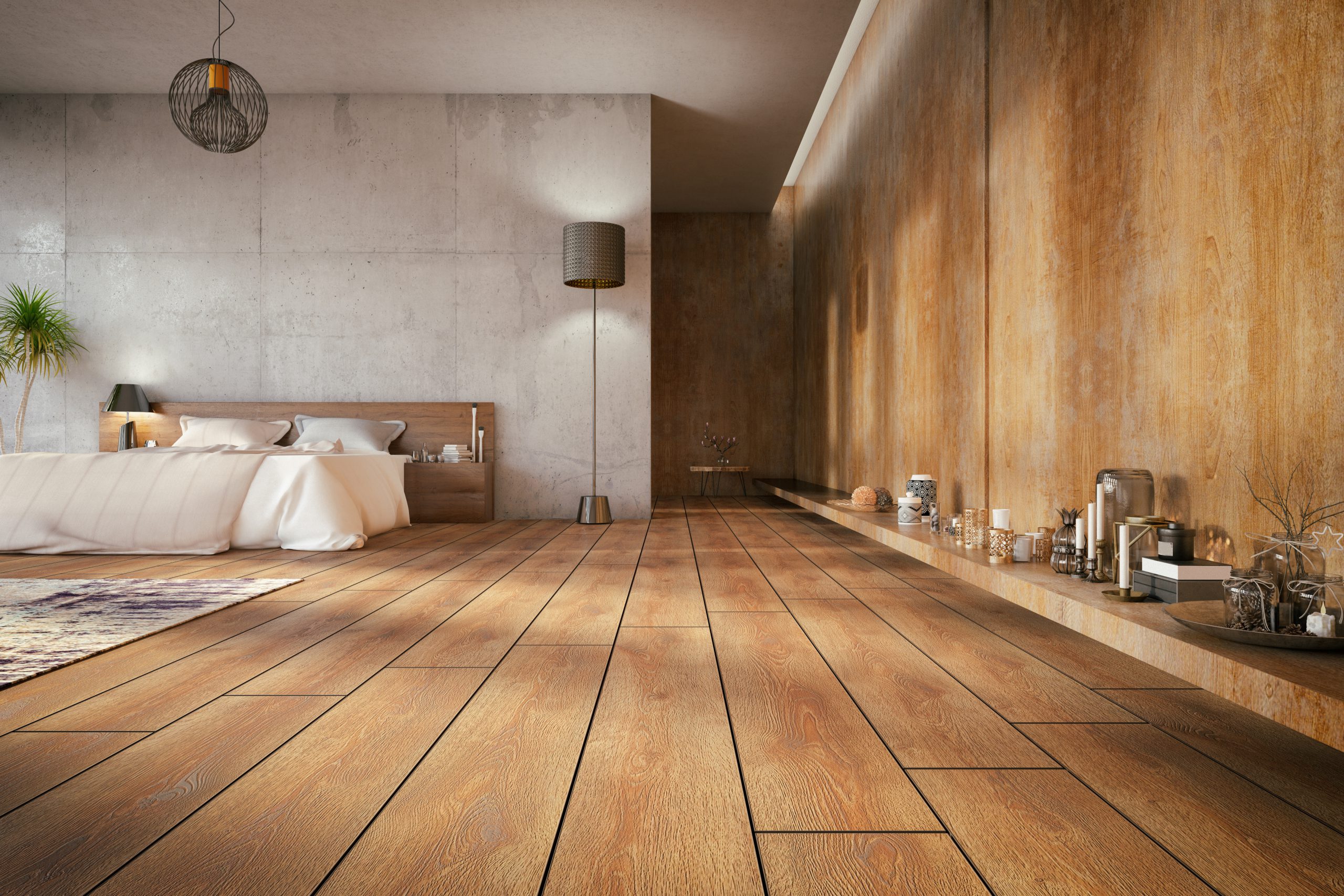
Some terms in the construction game confuse homeowners and “floating floors” is one of them.
A floating floor is one that doesn’t need nails to fix it to the subfloor or joists. (It doesn’t actually float!) Usually, a floating floor can be installed in a day or two and is a cheaper solution than traditional flooring, which is why they’re popular with owners upgrading their home before a sale.
If you are seeking to maximise the value of your home, new flooring in the kitchen and living areas can make a huge difference. The trend for buyers in our neighborhood is to favor homes that have wooden floors with rugs rather than carpet.
Several floor coverings are suitable as a floating floor – solid and engineered timber, bamboo, vinyl and Laminate.
Prices vary depending on the materials. For example, fixr.com states a basic Laminate solution for 200sq ft. can start at around $1,200 but rise to more than $4,000 if you use Kentucky oak wood.
As your local neighborhood real estate agent, if your carpet is worn and old, I’d always recommend new flooring if you’re thinking of selling. A floating floor can be a great replacement.
Here are some key facts that you’ll find useful when considering a floating floor.
- You can’t install floating floors in wet areas, such as a bathroom.
- Spend time considering the best type of flooring. Wood is wonderful but can be scratched and damaged easily. Laminate is more durable and may be suitable for projects such as a basement conversation or kitchen.
- The design means that the floor base can be installed on an uneven surface. However, a level under-floor will deliver the best result.
- A floating timber floor is usually glued to high-density fibreboard. You can choose to use a foam underlay to reduce slippage and noise, and enhance insulation. It costs a little extra, but it might be worth it.
- Wood flooring can be sanded and refinished, just like traditional wood flooring. Its slats are designed to interlock to keep them in place
- If wood is beyond your budget, you can buy vinyl or Laminate that looks just like timber.
- A floating floor is a great DIY solution, but if you’re laying it in a high traffic area, consider using a professional. Also, be aware that floorboards are harder to lay than Laminate.
